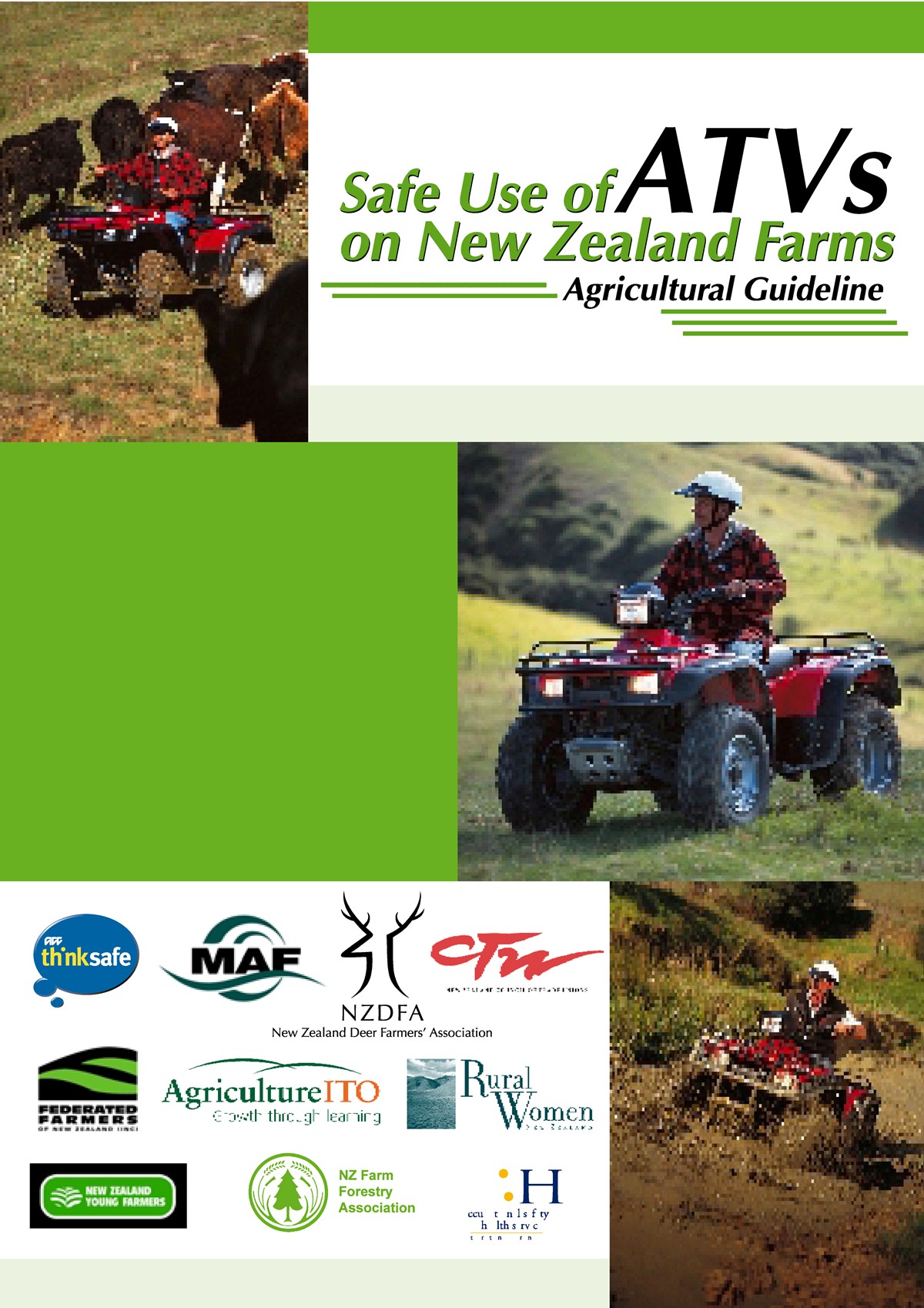One of the occupations with the clearest need for personal protective equipment (PPE) is that of a firefighter. There are few other industries where PPE has such a high priority in workplace safety but sometimes PPE can still be forgotten.
A report on ABC radio and online in Australia on 11 January 2010 shows that even in firefighting PPE may be forgotten. The firefighter was the first one to take a fire hose to a shop fire and did not have on any breathing apparatus (BA). His fully suited colleagues caught up with him and began fighting the fire. It appears from this one media report that the firefighter kept his attention on fighting the fire rather than taking a break and putting on his BA. Shortly after he began feeling unwell.
Research
On 4 January 2010 the Australasian Fire and Emergency Service Authorities Council (AFAC) released a firefighting information package, based on an early September 2009 workshop, that includes some interesting information about firefighter health and safety. Continue reading “PPE can be a lazy OHS solution”




